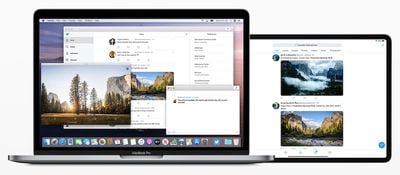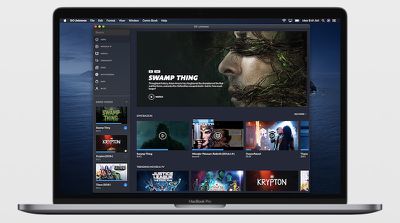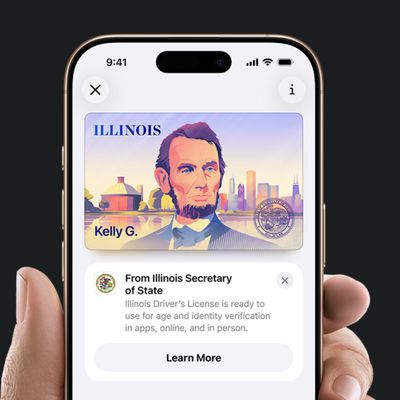While the Mac and iPad remain distinct products, Apple continues to bridge the gap between its desktop and mobile platforms. In 2014, for example, it introduced Continuity features like Handoff and Universal Clipboard that enable more seamless experiences across the Mac, iPad, and other Apple devices.
The next step in this process is Project Catalyst, which makes it much easier for developers to extend iPad apps to the Mac.

Starting with macOS Catalina and Xcode 11, developers can create a Mac version of an iPad app using UIKit, an Apple framework that until now was intended solely for iOS apps. Adding macOS support to an iPad app is as easy as opening an Xcode project and clicking the Mac checkbox under General > Deployment Info.
While the Mac version of the app should run after the box is checked, this is not always the case, as the Xcode project may contain code that no longer compiles due to frameworks, APIs, or embeddable content that is incompatible with the Mac, according to Apple's developer documentation:
Most iPad apps are great candidates for adaptation, but a few rely on iPad features that don’t exist on a Mac. For example, if your app's essential features require iPad capabilities like gyroscope, accelerometer, or rear camera, iOS frameworks like HealthKit or ARKit, or the app's main function is something like navigation, it might not be suited for the Mac.
Apple has instructions on how to remedy these compatibility issues.
iPad apps ported to macOS run natively on the Mac, utilizing the same frameworks, resources, and runtime environment as traditional Mac apps, according to Apple's developer documentation:
The Mac version of your iPad app supports many system features found in macOS without requiring any effort from you…
- A default menu bar for your app.
- Support for trackpad, mouse, and keyboard input.
- Support for window resizing and full-screen display.
- Mac-style scroll bars.
- Copy-and-paste support.
- Drag-and-drop support.
- Support for system Touch Bar controls.
Apple's updated Human Interface Guidelines are a helpful resource for designing and coding the ideal iPad app for Mac.

If this all sounds familiar, it is because Project Catalyst is Apple's public-facing name for this initiative, which has been referred to by its internal name of Marzipan until now. Apple's plans to allow iOS apps to easily run on Mac were first reported by Bloomberg's Mark Gurman over 18 months ago.
Apple provided us with a first glimpse of Project Catalyst when it brought the iPad versions of its Apple News, Home, Stocks, and Voice Memos apps to the Mac last year in macOS Mojave. Third-party developers are now able to follow suit in macOS Catalina, which will be released to the public in the fall.
























